Pulse 4.1 Release
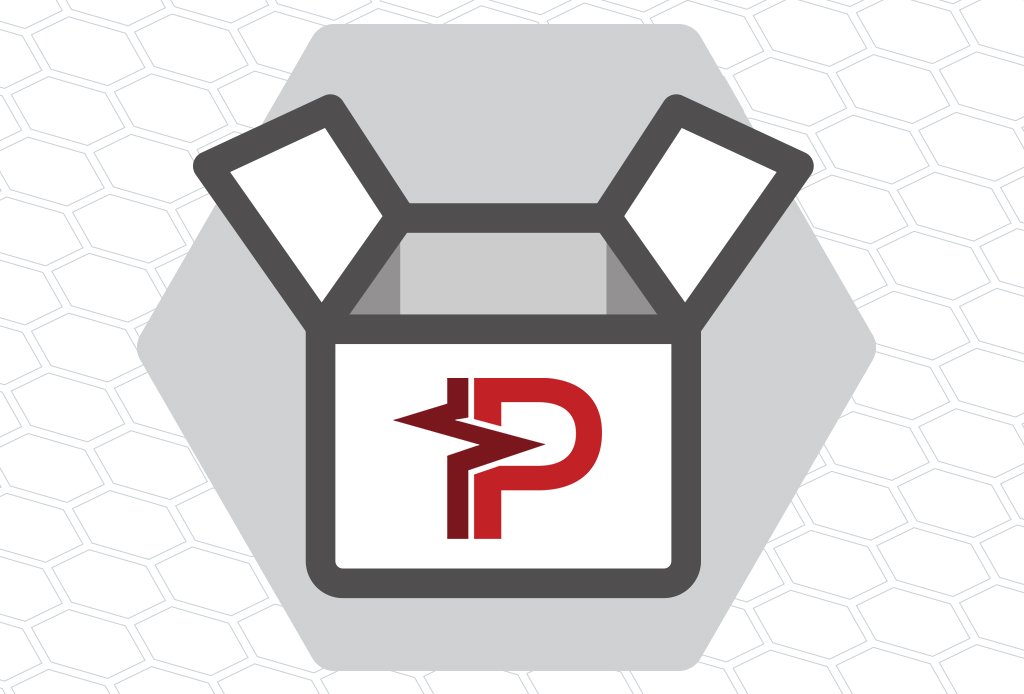
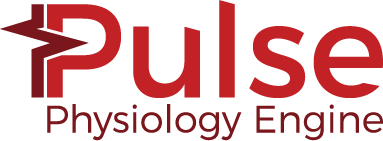
On behalf of the Pulse Physiology Community, we are pleased to announce that version 4.1 is now available. We have continued to assist companies, universities, and government agencies to integrate Pulse into their projects and product goals. We worked with these users to improve models and functionality for their needs. The 4.1 version release includes the following features and bug fixes.
Software Architecture Improvements
- Build information included
- Added to all client facing API’s (C++, Java, Python, C#) for external applications to get Pulse version
- Added to state files to help identify compatibility with engine builds
- New Hemodynamics Engine
- Provides the ability to execute and optimize our cardiovascular circuit
- Compares optimization iterations to validation data to converge on an optimal and valid circuit configuration
- Update to Eigen 3.4.0 and Protobuf 3.18.0
Physiology Model Improvements
- Added Lorazepam
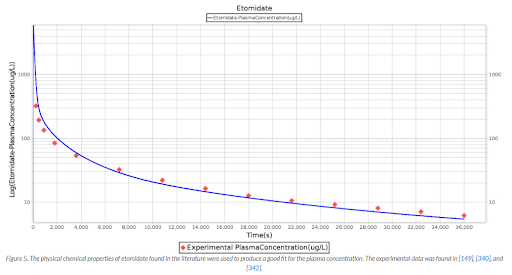

- New Advanced Cardiac Life Support (ACLS) Arrhythmias with ECG waveforms
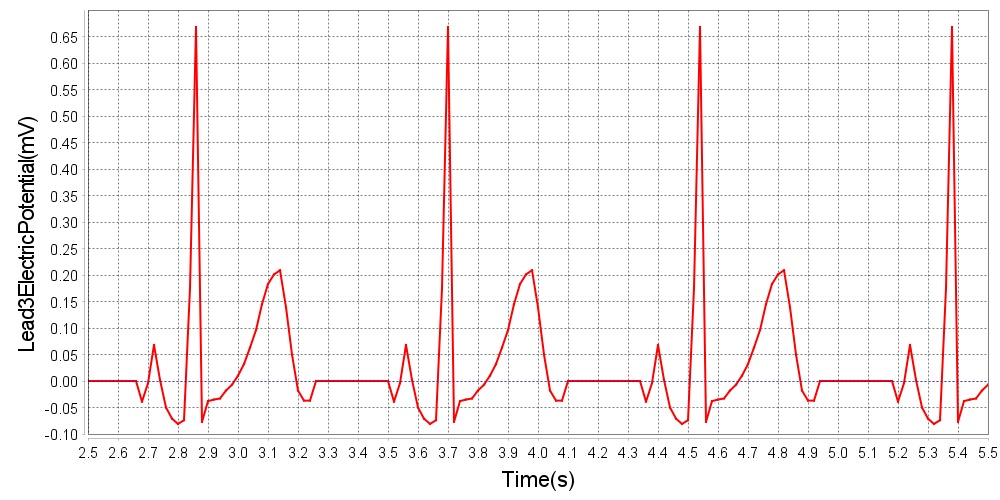
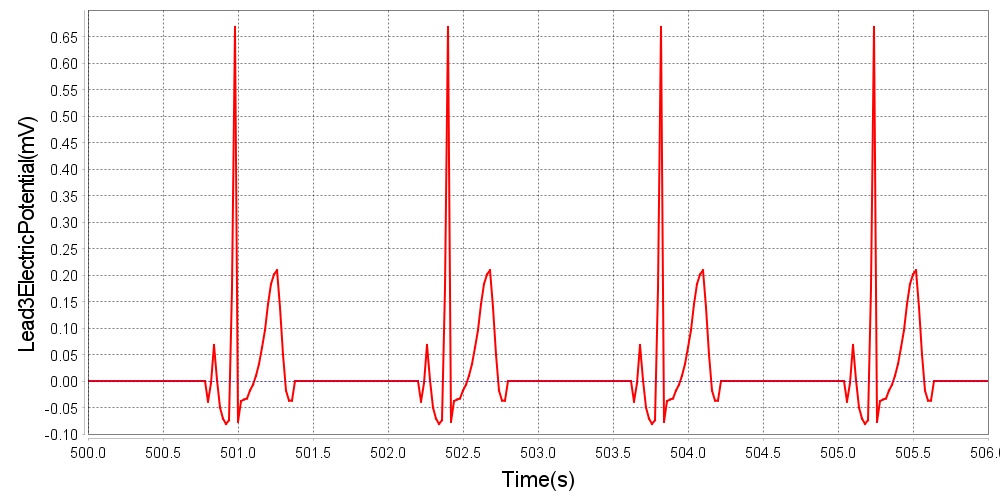
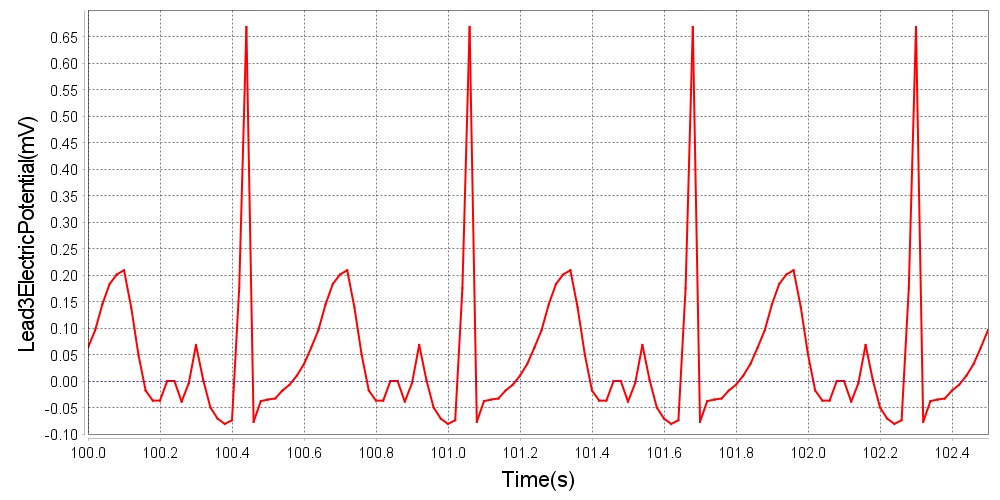
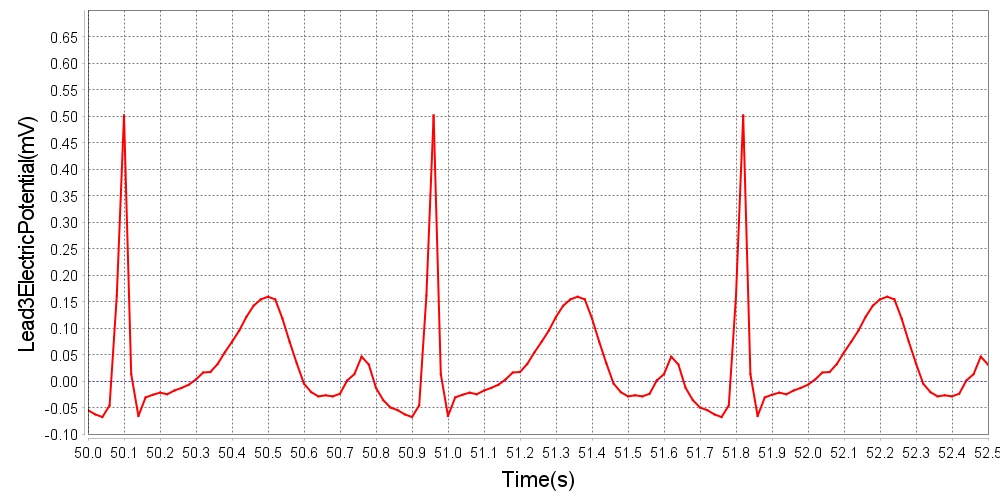
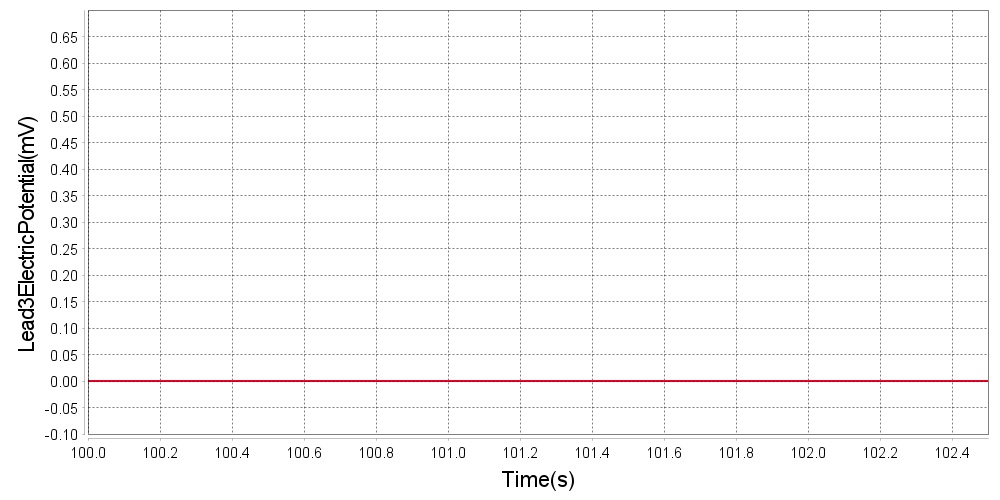
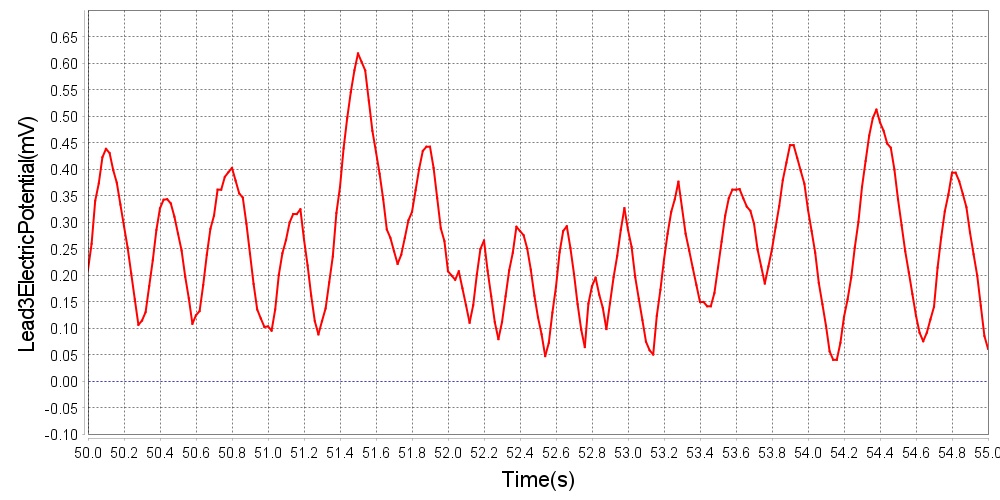
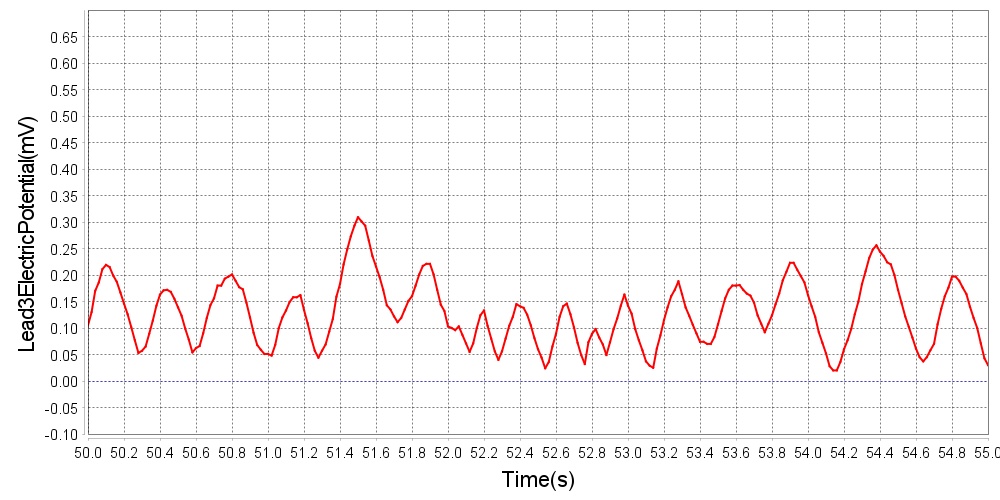
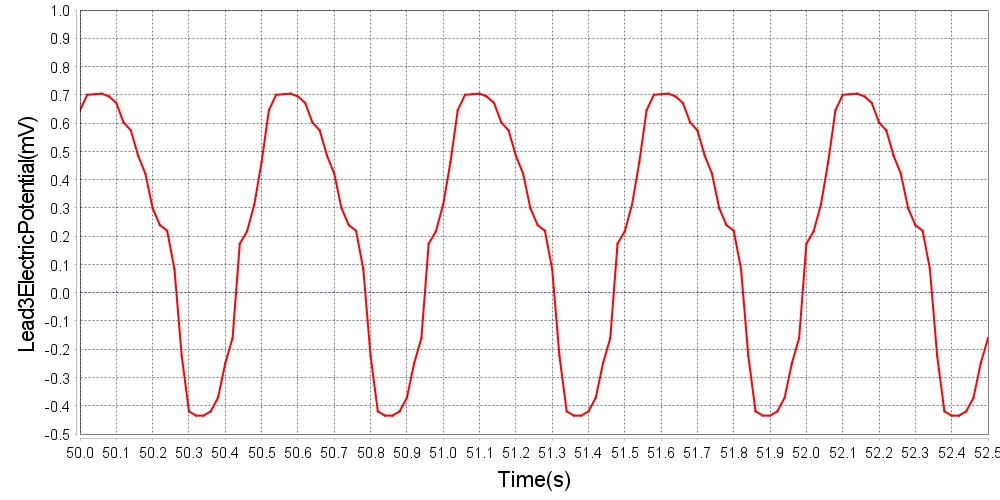
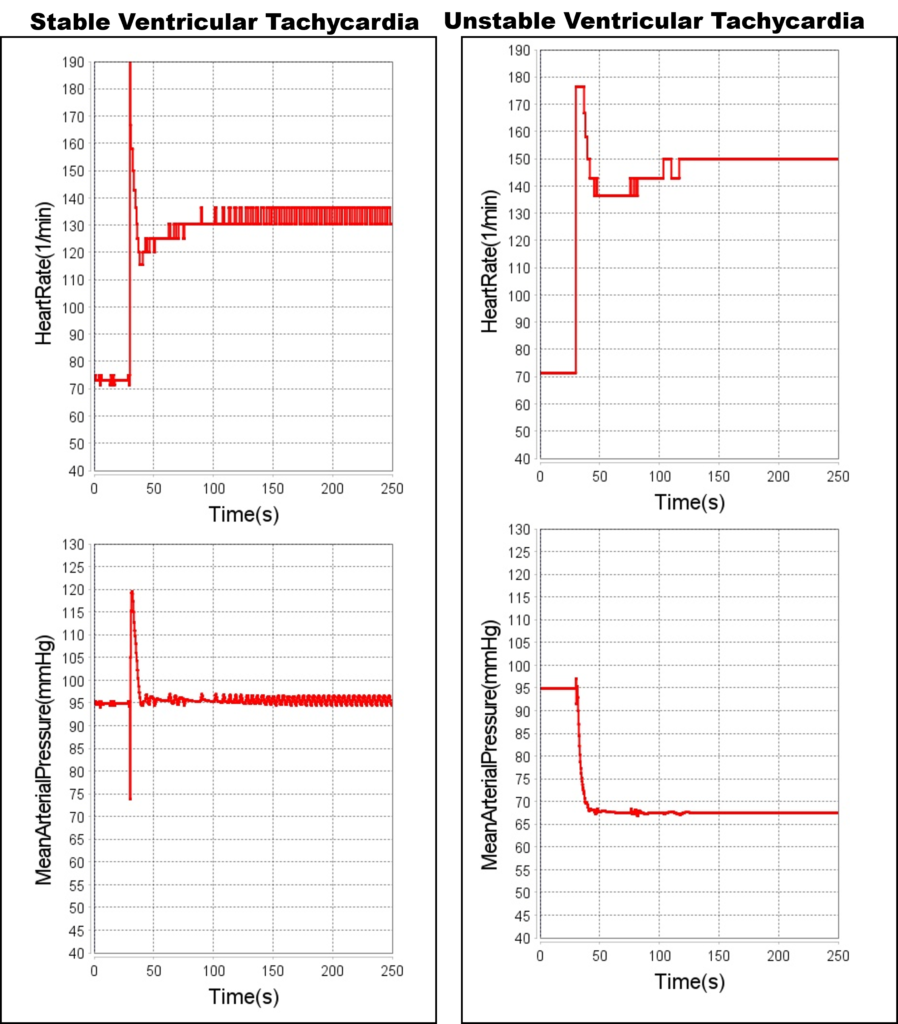
- ECG Waveforms use an interpolation algorithm to fit the waveform to the cardiac cycle
- Ventilation equipment provides breath information to differentiate patient or equipment initiated breaths
- Added configurable relief valve to mechanical ventilator
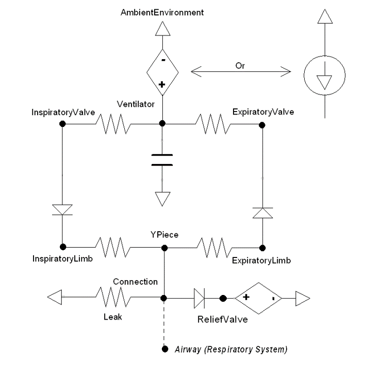
- Added a suite of black box unit tests to verify all possible data exchange combinations
Bug Fixes
- Correct flow calculations for compartments
- Increased the frequency data is updated in the cardiovascular system during cardiac arrest
- Replaced Irreversible states with more relevant clinical events: Pulse continues running unlike during Irreversible states
- Improved calculations of patient lung volumes during disease
Coming Soon
- Unreal Engine support
- Sepsis model development
- Additional Acute Cardiac Life Saving (ACLS) Algorithm updates
- Drugs
- Arrhythmias
- Defibrillation
- Cardioversion
- Expansion of the cardiovascular circuit
- Continued work on supporting dynamic engine pools for managing multiple pulse engines for real-time/game and research based applications
- Continued work on black-box implementation to support interoperability between external and internal systems/models/circuits
Watch for new releases for the Pulse Unity Asset and the Pulse Explorer in the coming weeks.
For more information on our efforts and our users, visit our website or sign up for our newsletter. If you would like to feature your Pulse use case, please email us at kitware@kitware.com.
Research reported in this publication was supported in part by the National Institute of Biomedical Imaging and Bioengineering of the National Institutes of Health under Award Number R01EB031808. The content is solely the resposibility of the authors and does not necessarily represent teh official views of the National Institutes of Health. This work was funded in part by our commercial customers.